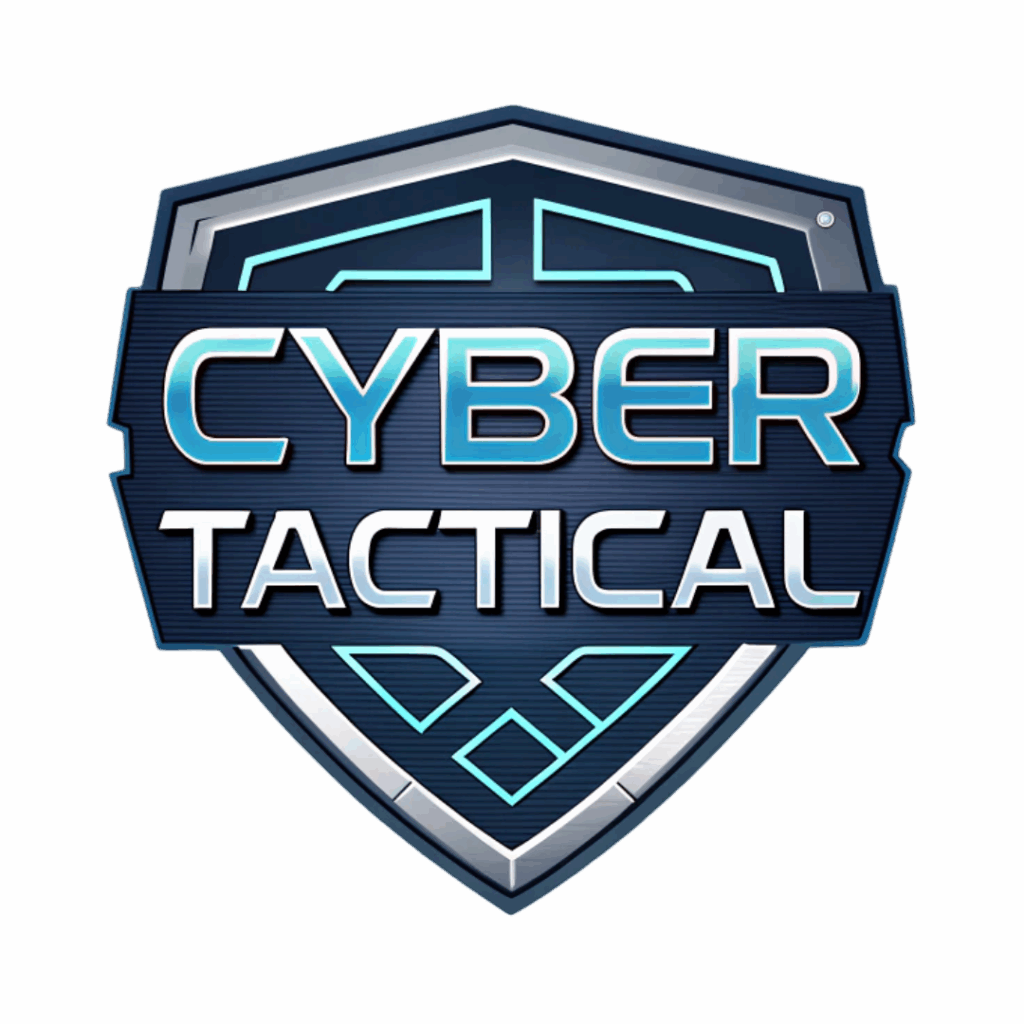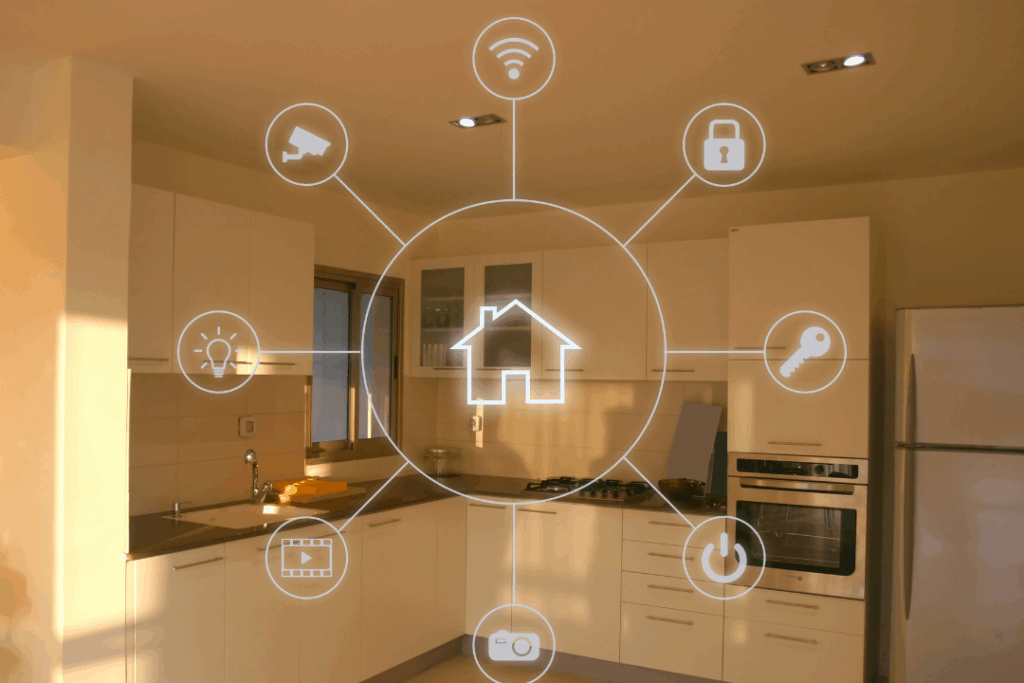In today’s connected world, your home Wi-Fi is more than just a convenience—it’s the gateway to your digital life. Everything from your work-from-home setup to your smart appliances relies on it. But how secure is it, really? The unfortunate truth is that many households overlook key security vulnerabilities that could be exploited by hackers. In this article, we’ll walk you through five signs that your home Wi-Fi might be at risk—and more importantly, how to fix them.
1. You’re Using Default Settings One of the most common and dangerous oversights is using the default network name (SSID) and password that your router came with. These are often easy to guess or publicly known. Fix it: Log in to your router settings (usually through a web address like 192.168.0.1 or similar) and change both the SSID and password. Make your new password complex with a mix of upper and lower-case letters, numbers, and symbols.
2. Weak or No Encryption If your router isn’t using WPA2 or WPA3 encryption, your network could be an easy target. Older protocols like WEP are outdated and easily cracked. Fix it: Check your router’s security settings and ensure that it’s set to WPA2 or WPA3. If these options aren’t available, consider upgrading to a modern router.
3. Your Firmware Is Outdated Routers, like all tech devices, need software updates to patch vulnerabilities. An outdated firmware could leave you exposed. Fix it: Log into your router dashboard and check for updates. Many routers now offer an automatic update option—make sure it’s enabled.
4. Suspicious Devices on Your Network Are there devices connected to your network that you don’t recognize? That’s a red flag. Fix it: Use your router’s admin page to review connected devices. If anything seems unfamiliar, remove it and change your Wi-Fi password immediately.
5. You Haven’t Set Up a Guest Network Letting guests connect to your main network can introduce risks if their devices are infected. Fix it: Set up a separate guest network with its own password. This keeps your main network and all connected devices isolated.
Bonus Tip: Use a Firewall and Antivirus Software While your router likely has a basic firewall, a software firewall and reputable antivirus solution on each device adds an extra layer of protection.
Conclusion Your home network doesn’t need to be a fortress, but it should be secure enough to protect your personal data and devices. With these simple yet crucial steps, you can dramatically reduce your risk. If you’re unsure where to start, Cyber Tactical offers home security audits and setup assistance to get you protected with confidence.

